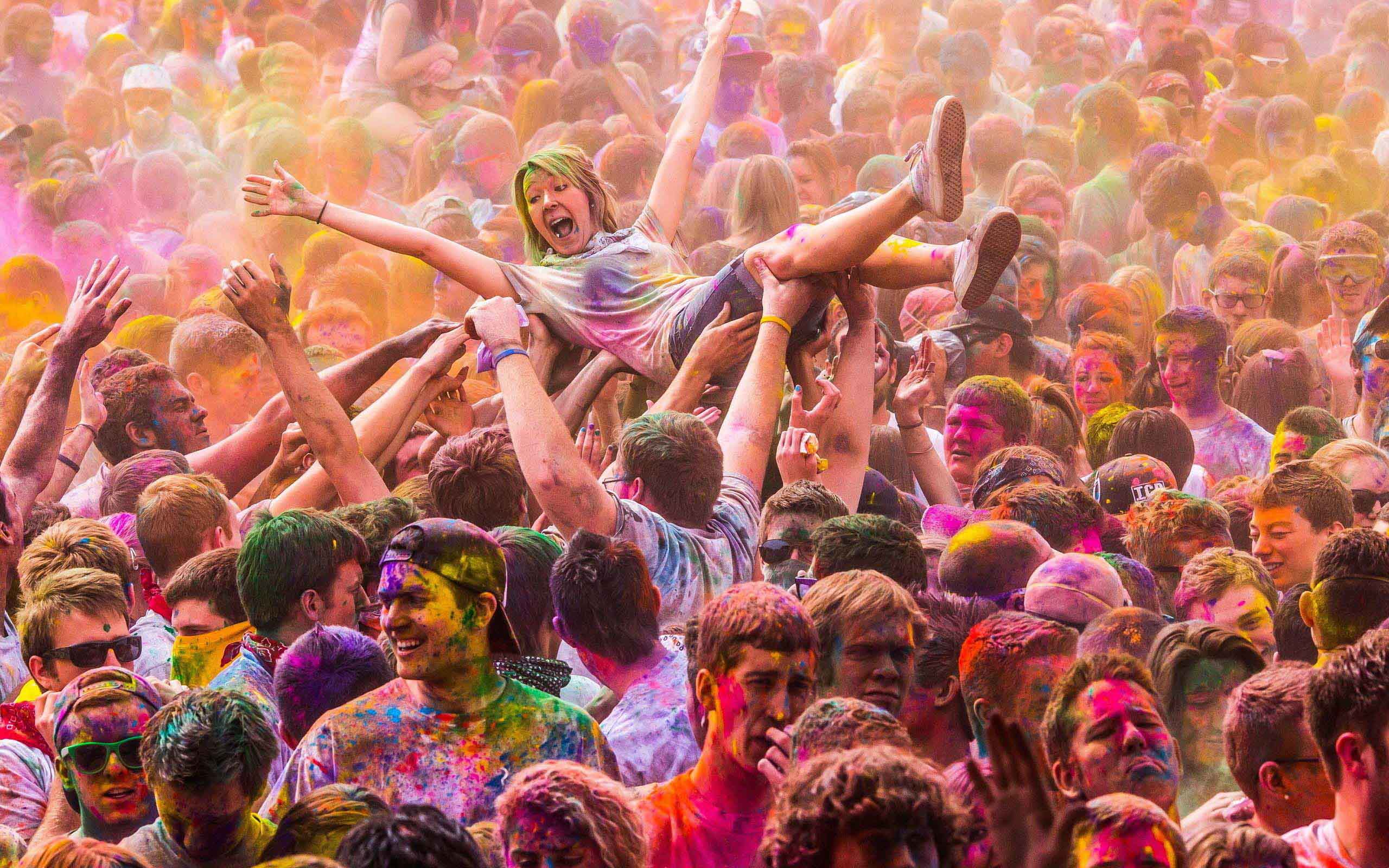
GOA FESTIVALS

ABOUT TRAVEL DHAMAKA HOTEL
Travel Dhamaka is a focused destination and event management company based in India, offering bespoke solutions for individuals and corporates. The company extends highly customized travel services to the B2B and B2C market segment across the globe, and provides seamless logistics on a turnkey basis for weddings, events and MICE.
USEFUL LINK
OUR SERVICES
CONTACT ADDRESS